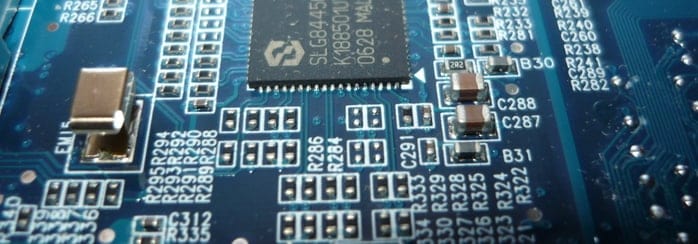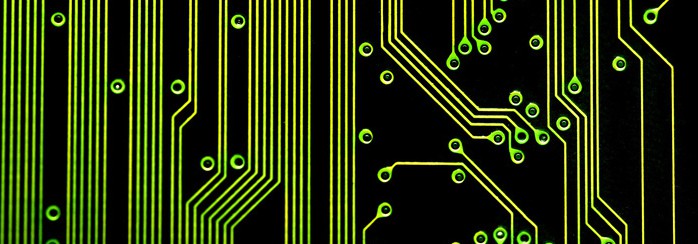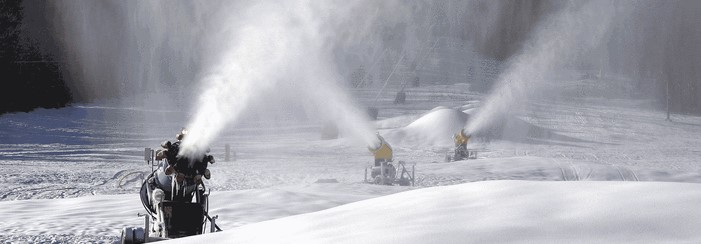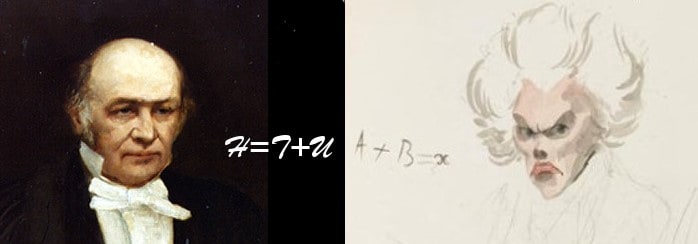Previously, we’ve already introduced the Kirchhoff’s Circuit Law as a separate topic. And today, we shall consider another method for the circuit analysis, which is called the Mesh Current Method. The advantage of this method is that we obtain less unknown variables and equations when we solve the circuit. Let’s consider the T-circuit scheme from the mentioned post and solve it with the help of the Mesh Current Method. Continue reading
Physics
Kirchhoff’s Circuit Law and Circuit Analysis
When we deal with the complex electric circuits (like T-circuits), we use some mathematical techniques to find the current and voltage drops in the circuit. It’s not as difficult as it may seem at the first sight. In this post, we will tell you how to analyze the circuit with the help of the Kirchhoff’s Circuit Law. Continue reading
How To Make Fake Snow In Summer
Skiing is a good idea to have a good time, especially, in the dead of winter, when a lot of people go to the ski resorts all over the world. But what to do, if the mother nature doesn’t provide us with enough amount of snow to have fun in summer? Or it actually doesn’t bring snow at all. Well, to make an artificial snow, we can use a snow-making equipment, and here we’re going to tell you how it works and disclose the secret of difference between the natural snow and the artificial one. Continue reading
Legendre Transformation and Hamiltonian Formalism
We all know that there are some famous mathematical operations playing an important role in many fields of physics (and besides not only in physics). Knowledge of such common things allows understanding of relations between different phenomena and sometimes even opens new views on physics in general. One of such, Legendre transformation (that is Adrien-Marie Legendre’s who is on the right side) and its role in Hamiltonian mechanics (by William Rowan Hamilton, a gentleman on the left side) is to be the topic of our today’s discussion. Continue reading
Can We Achieve Thermonuclear Fusion In Near Future?
Today, we clearly understand that the assimilated sources of energy (coal, oil, gas, for example) will soon be depleted. The nuclear power stations can provide us with energy for hundreds of years, but they have a serious disadvantage – a huge amount of radioactive waste with a long half-life that remains during its work. That’s why we try to find the alternative sources of energy and the most promising of them is the controlled thermonuclear fusion. Continue reading
Problems of Space Radio Сommunications
Electromagnetic waves that carry the radio signal move with the giant speed – the speed of light, which equals to 300 000 km/s. Here, on Earth we almost don’t feel the delay in the radio signals transfer. But while the reply from the Moon will come to us in half a second, the other one from the Mars takes about six minutes. Moreover, when the distance from the transmitter increases, the radio signal decays rapidly. So, what can we do with this? Fortunately, it is rather difficult but still solvable. Continue reading
How Geometric Design of Roads Works
Many students have cars nowadays and, surely, going on holiday with friends, they choose the most secure route to their destination. Everybody will agree that it is much more convenient to drive on the “smooth” road with good visibility and without sudden turnings. Such roads are common now, but they have not always been that way. Continue reading








